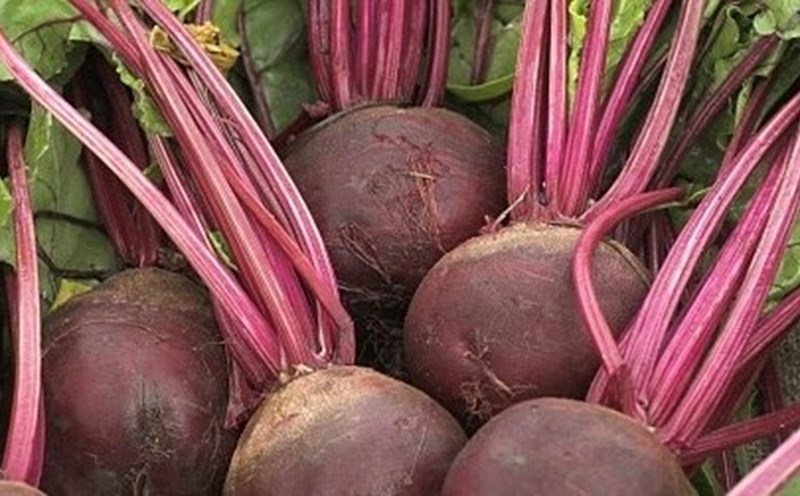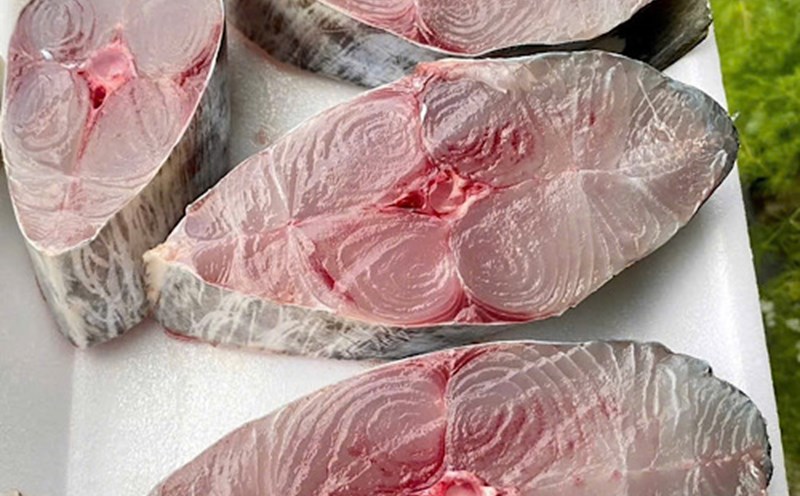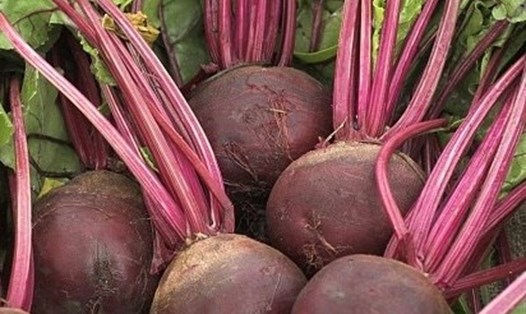According to many experts, red meat is associated with the risk of impaired kidney function, fatty liver and metabolic consequences.
Comprehensive analysis of observational studies shows that consuming more red meat is associated with an increased risk of chronic kidney disease (CKD) and progression of kidney failure; a meta-analysis reports a significant increase in the risk of eating more red meat compared to less.
At the same time, there is growing evidence that the link between high red meat intake and the risk of fatty liver disease (NAFLD) is increasing, especially for processed meat products, the liver has to process a lot of saturated fatty acids, heme iron and oxidized products from meat.
There are several mechanisms proposed and recognized by research. Firstly, heme iron in red meat can easily cause oxidative reactions, increase oxidative stress in the liver and can promote liver cell damage;
Second, saturated fatty acids and calories metabolised from red meat contribute to fat accumulation around the liver and visceral tissue;
Third, by-products of processing/biking (such as heterocyclic amines, polycyclic aromatic hydrocarbons) can cause inflammation and damage;
Fourth, the impact on the gut microbiome: protein and carnitine from red meat are a precursor to trimethylamine (TMA) to liver, converting to TMAO, a substance related to damage to blood vessels and is bad for the kidneys. These routes partly explain the link between red meat consumption and impaired liver and kidney function.
Limit red meat to < 2-3 times/week and each serving is moderate (about 70-100 g cooked).
Prioritize fatty fish, skinless poultry, beans, lentils, tofu, these protein sources are associated with a lower risk of kidneys and liver.
Limit fried and grilled foods; Avoid processed foods (choked, bacon) with a lot of salt and additives.
These simple changes are supported by many modern nutritional studies and guidelines as part of a liver- kidney protection diet.
Red meat still provides quality heme iron and protein; some people (for example, anemia and lack of iron) may need to continue eating it but at controlled doses.
Reducing red meat is only a part, it is necessary to combine salt reduction, increase vegetables and fruits, choose whole grains and exercise to create sustainable liver and kidney protection.











